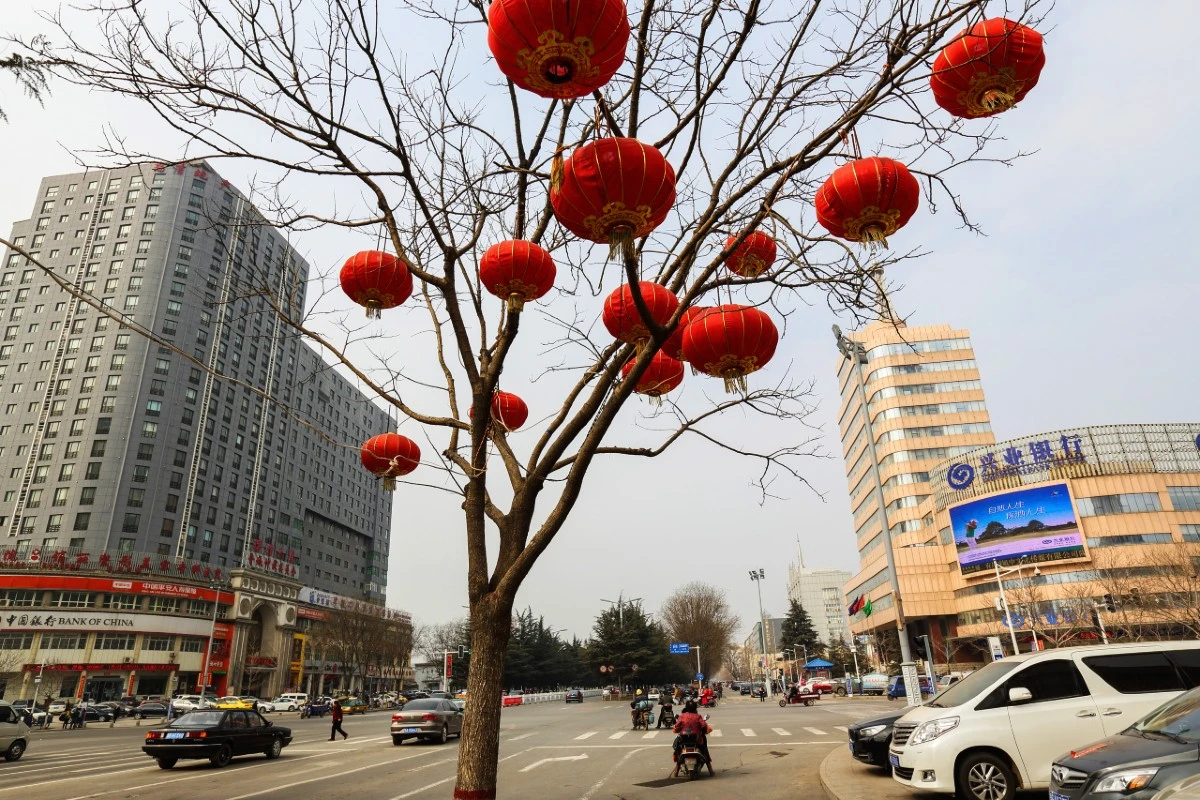Research in Shanxi Province, in the People’s Republic of China, provides insights into how to achieve quality and sustainable management of rural sanitation, wastewater, and solid waste.
Like many areas of Asia and the Pacific, rural areas of the People’s Republic of China face significant challenges related to solid waste, or the discarded materials generated from human activities. This includes everyday items such as product packaging, grass clippings, furniture, clothing, bottles, food scraps, newspapers, appliances, paint, batteries and myriad other items.
In rural areas, this waste often includes agricultural residue, livestock manure, and organic materials.
The situation is complicated by increasing waste generation, diverse waste composition, inadequate infrastructure, and logistical difficulties posed by dispersed populations and challenging terrain.
Limited financial resources, lack of awareness, weak regulation enforcement, and insufficient government support further hinder effective waste management, leading to environmental degradation and health risks.
Sanitary landfills and incineration are the dominant rural solid waste disposal and treatment technologies used in many areas. Consequently, improper waste disposal practices lead to environmental degradation and health risks, highlighting the need for a comprehensive approach that includes infrastructure investment, community education, policy support, and tailored waste management models.
Segregation of solid waste at the source is therefore an essential step in improving rural solid waste management. To optimize segregation, rural solid waste should be classified into at least five types: food or kitchen waste, recyclable waste, hazardous waste, residues, and other general waste.
Our research found that the ratio of solid waste generation to recyclable waste is directly proportional to residents\’ per capita disposable income.
For rural solid waste management to be effective and sustainable, the management approach and technology used must be adapted to the local conditions. There is no one-size-fits-all solution for rural solid waste management.
Therefore, each village should prepare a local solid waste management plan that is tailored to and consistent with its specific needs and circumstances.
A suitable waste management technology model must be selected based on several factors—e.g., waste components and characteristics, waste segregation at source, population distribution of villages and towns, climate, geographical features, economic conditions, affordability of technology, and agriculture industry needs.
To optimize segregation, rural solid waste should be classified into at least five types: food or kitchen waste, recyclable waste, hazardous waste, residues, and other general waste.
Our study, focusing on rural solid waste management in selected pilot villages throughout Shanxi Province, demonstrated four successful technical models for rural solid waste management. These involve taking the following actions:
Centralize waste management at the county level: This model promotes waste segregation at source, unified waste collection, transportation, and centralized treatment and disposal of solid waste. Terminal facilities are built in the county to collect, treat, and supervise all rural solid waste in the county.
This model is suitable for villages and towns that have a fairly concentrated population, relatively flat terrain, and easy transportation access; and are less than 50 km away from the county terminal treatment plant. The terminal treatment facility is preferably an incineration plant, which will occupy less costly land resources in the county.
Centralize waste management at the county and village level: The county focuses on \”other waste\” and \”hazardous waste\” for its waste segregation at source. Organic food waste and livestock feces are composted and returned to the fields locally. Inorganic materials, such as tiles and ceramics, are disposed of locally in areas of low depression.
This model is suitable for villages and towns with a relatively dispersed population, plenty of ecological farmland, convenient transportation, and a distance of slightly more than 50 km from the village and county terminal treatment plant.
Decentralize waste management and keep it at the town level: Based on the waste segregation at the source, villages and towns have built scattered terminal waste treatment facilities. Except for the centralized treatment of hazardous waste at the county level, the rest of the waste is utilized and treated in its original location.
This model is suitable for villages and towns located in remote locations, with dispersed populations, sufficient ecological farmland, inconvenient transportation, and a weak town-level economic base. The distance between villages and towns and county terminal processing facilities is far greater than 50 km.
Manage solid waste across counties and towns: This model removes county administrative boundaries to manage solid waste comprehensively. It considers factors like the distance between villages and towns, topography, and traffic conditions. The model builds on the technical foundations of Models 1, 2, and 3.
This model suits market-oriented operations and requires special planning for regional solid waste management.
As household living standards in the rural areas of the People’s Republic of China progressively improve, the amount of rural solid waste rapidly increases. This highlights the importance of improving waste collection and segregation, waste transportation networks and routes, safe waste disposal on-site and off-site, and resource utilization efficiency.
These models provide guidance for other areas in the People’s Republic of China and for developing countries across Asia and the Pacific that are dealing with similar issues.
source : Asian Development Blogs



